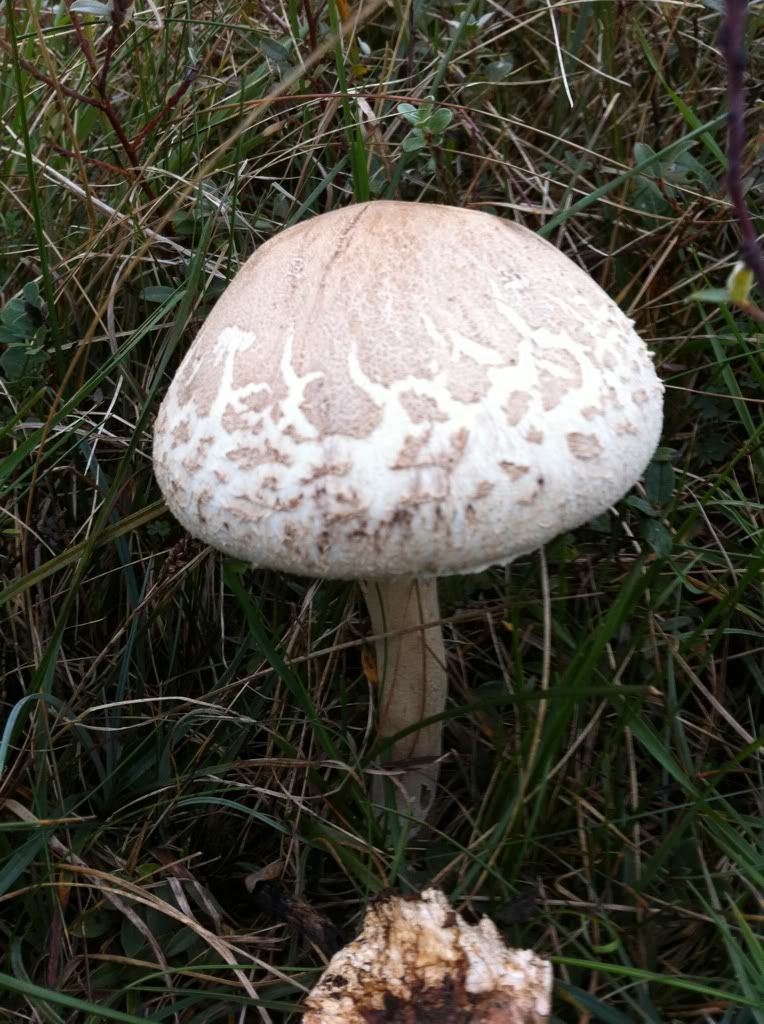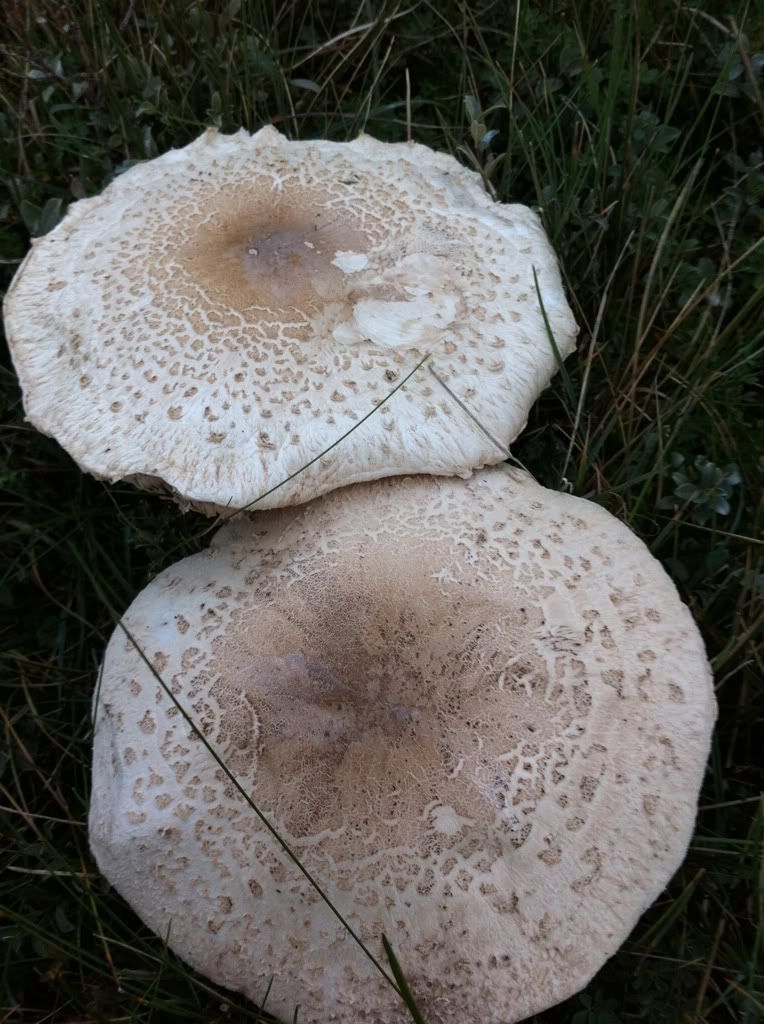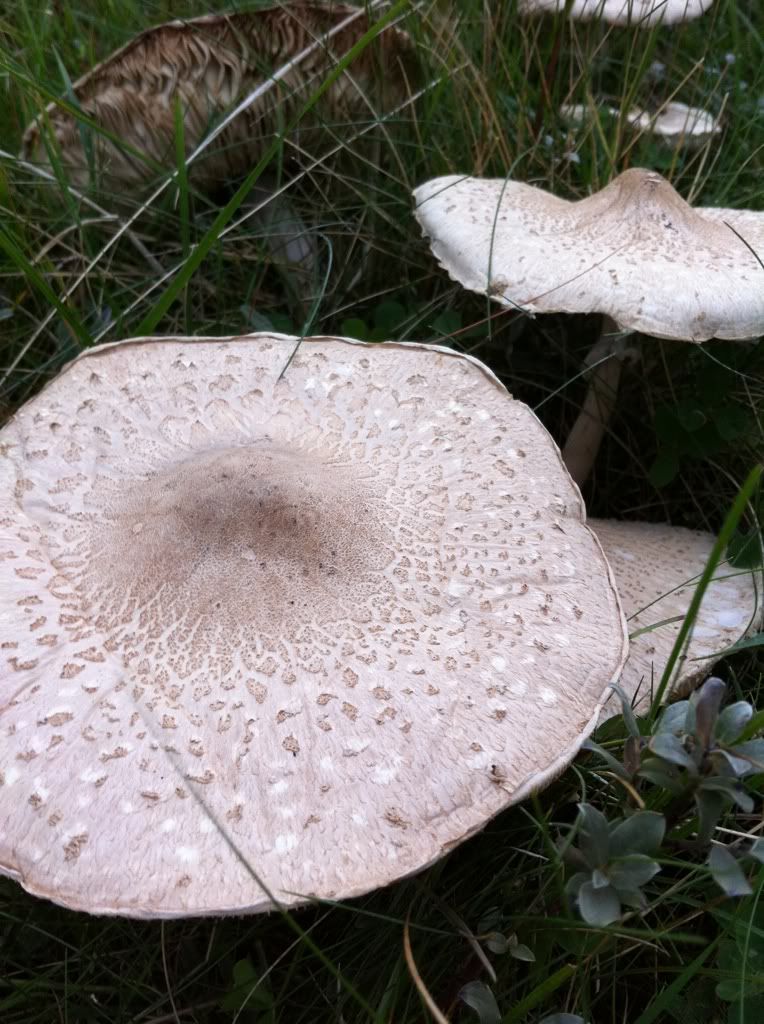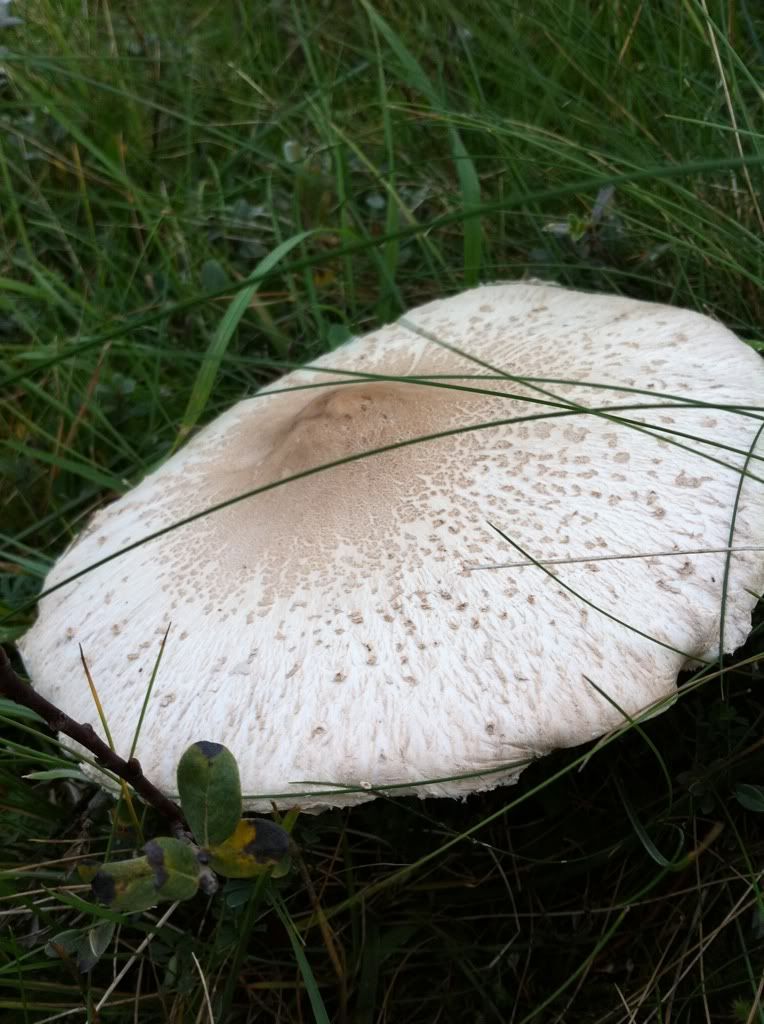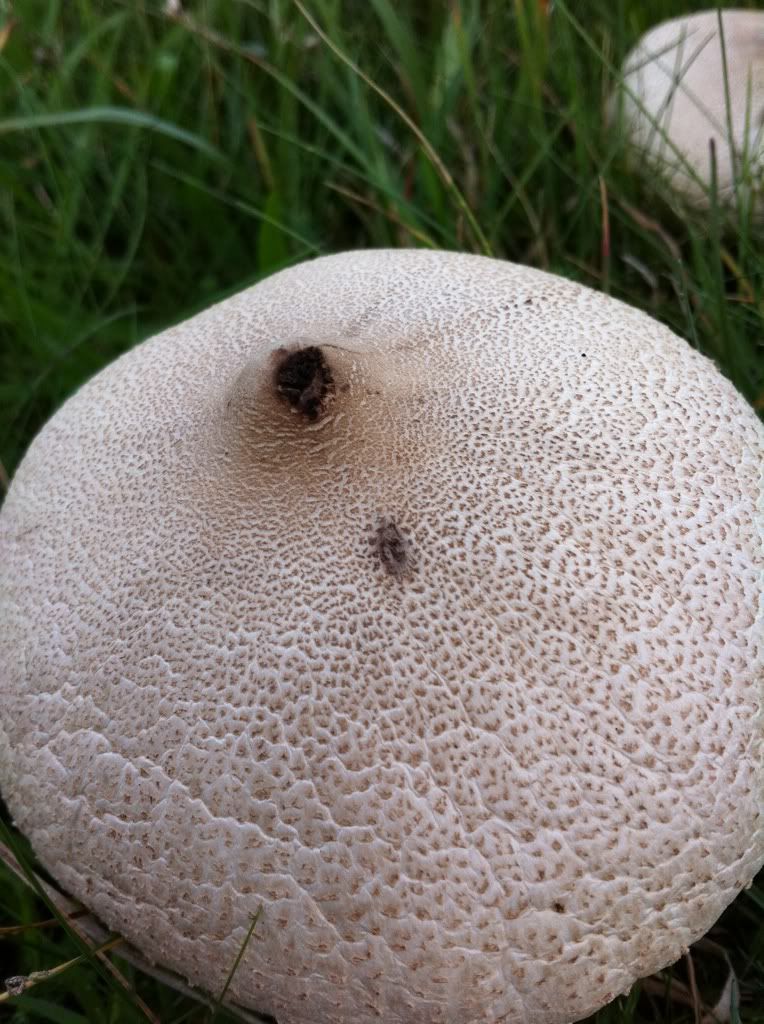Geoff, that Gomphidius rutilus (the picture after the Miller) - my own id of that would have been that it is a normal Deceiver. I got the others, although I wouldn't have been sure about Miller without seeing the gills.
Purely for my education, what feature(s) did you use to make that Id?
Thanks.
I'm never sure about the Miller without using my nose. Twice.
As for the brown one...yes it could be a Laccaria. Deceivers most definitely live up to their name and regularly convince everybody, myself included, that they are something else. Gomphidius rutilus is also quite variable, which doesn't help. They can easily be distinguished by cutting the stem open. If it is the Gomphidius then there will be yellow staining at the bottom of the stem. Why did I go for Gomphidius rather than Laccaria? I'm not sure...something about the colour and the shape of the cap just looks more like the Gomphidius to me. I also know that this species is turning up at the moment. Also, the Gomphidius grows with pines. There appears to be some pine needles in the leaf litter.
Laccaria is generally a bit of a nightmare genus when it comes to IDs. Apart from L. amethystina, which is easy because of the colour, there are a handful of species which look very like each other as well as being very variable and sometimes looking like all sorts of other things.
Last edited:












